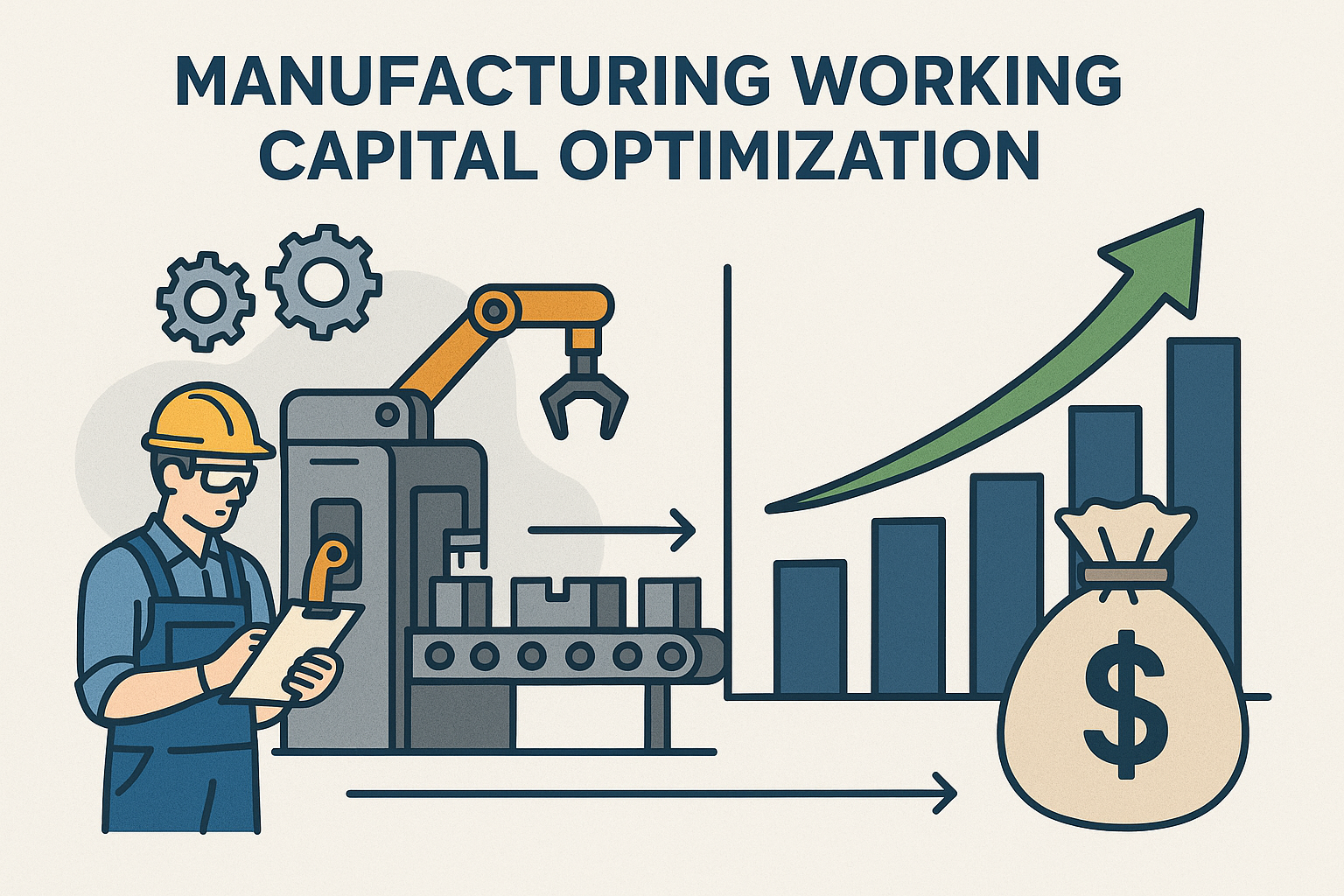
Supply Chain Optimization: Financial and Tax Implications

Michael Rodriguez
Financial Strategy Consultant
In response to recent global disruptions, many manufacturers are restructuring their supply chains to improve resilience and reduce risk. These strategic changes can have significant financial and tax implications that should be carefully considered as part of the planning process.
Financial Considerations in Supply Chain Restructuring
Supply chain restructuring typically involves substantial investments and operational changes, including:
- Reshoring or nearshoring production
- Diversifying supplier networks
- Increasing inventory levels
- Implementing new technologies for visibility and management
- Developing alternative logistics networks
Each of these changes carries financial implications that must be evaluated against potential benefits such as reduced risk, improved responsiveness, and potential tax advantages.
Tax Implications of Supply Chain Changes
Domestic Production Activities
Manufacturers reshoring production may qualify for various incentives, including:
- State and local tax incentives for job creation
- Property tax abatements for new facilities
- Training grants for workforce development
- Enhanced deductions for U.S.-based manufacturing activities
International Tax Considerations
For manufacturers with global operations, supply chain restructuring may impact:
- Transfer pricing arrangements
- Foreign tax credits
- Global Intangible Low-Taxed Income (GILTI) calculations
- Base Erosion and Anti-Abuse Tax (BEAT) exposure
- Customs duties and tariffs
Strategic Financial Planning for Supply Chain Optimization
To maximize financial benefits while minimizing tax exposure, manufacturers should:
- Conduct a Comprehensive Analysis: Evaluate the total cost of ownership, including tax implications, for different supply chain configurations.
- Model Scenarios: Develop financial models that account for various risk scenarios and tax outcomes.
- Identify Incentives: Research available tax credits and incentives for supply chain investments.
- Optimize Entity Structure: Review legal entity structure to align with new supply chain configuration.
- Implement Robust Documentation: Maintain documentation to support transfer pricing and other tax positions.
Case Study: Automotive Parts Manufacturer
An automotive parts manufacturer restructured its supply chain by establishing a new production facility in the southeastern United States while maintaining some operations in Mexico. By carefully structuring the arrangement and taking advantage of available incentives, the company reduced its effective tax rate by 3.5% while significantly improving supply chain resilience.
Conclusion
Supply chain restructuring presents both challenges and opportunities from a financial and tax perspective. By incorporating tax planning into the supply chain optimization process, manufacturers can enhance the return on their investments while building more resilient operations. Contact Schapira CPA to develop a comprehensive strategy for your supply chain transformation.


